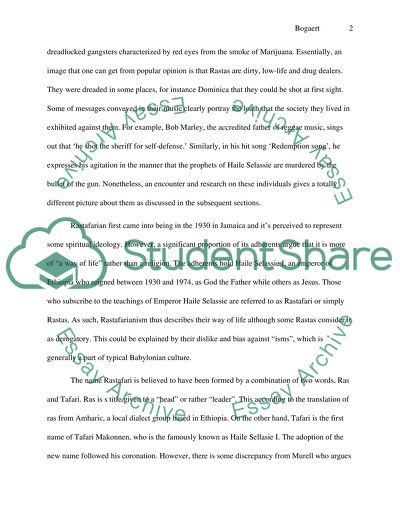Cite this document
(“Rastafari Research Paper Example | Topics and Well Written Essays - 2500 words”, n.d.)
Rastafari Research Paper Example | Topics and Well Written Essays - 2500 words. Retrieved from https://studentshare.org/religion-and-theology/1495996-rastafari
Rastafari Research Paper Example | Topics and Well Written Essays - 2500 words. Retrieved from https://studentshare.org/religion-and-theology/1495996-rastafari
(Rastafari Research Paper Example | Topics and Well Written Essays - 2500 Words)
Rastafari Research Paper Example | Topics and Well Written Essays - 2500 Words. https://studentshare.org/religion-and-theology/1495996-rastafari.
Rastafari Research Paper Example | Topics and Well Written Essays - 2500 Words. https://studentshare.org/religion-and-theology/1495996-rastafari.
“Rastafari Research Paper Example | Topics and Well Written Essays - 2500 Words”, n.d. https://studentshare.org/religion-and-theology/1495996-rastafari.


